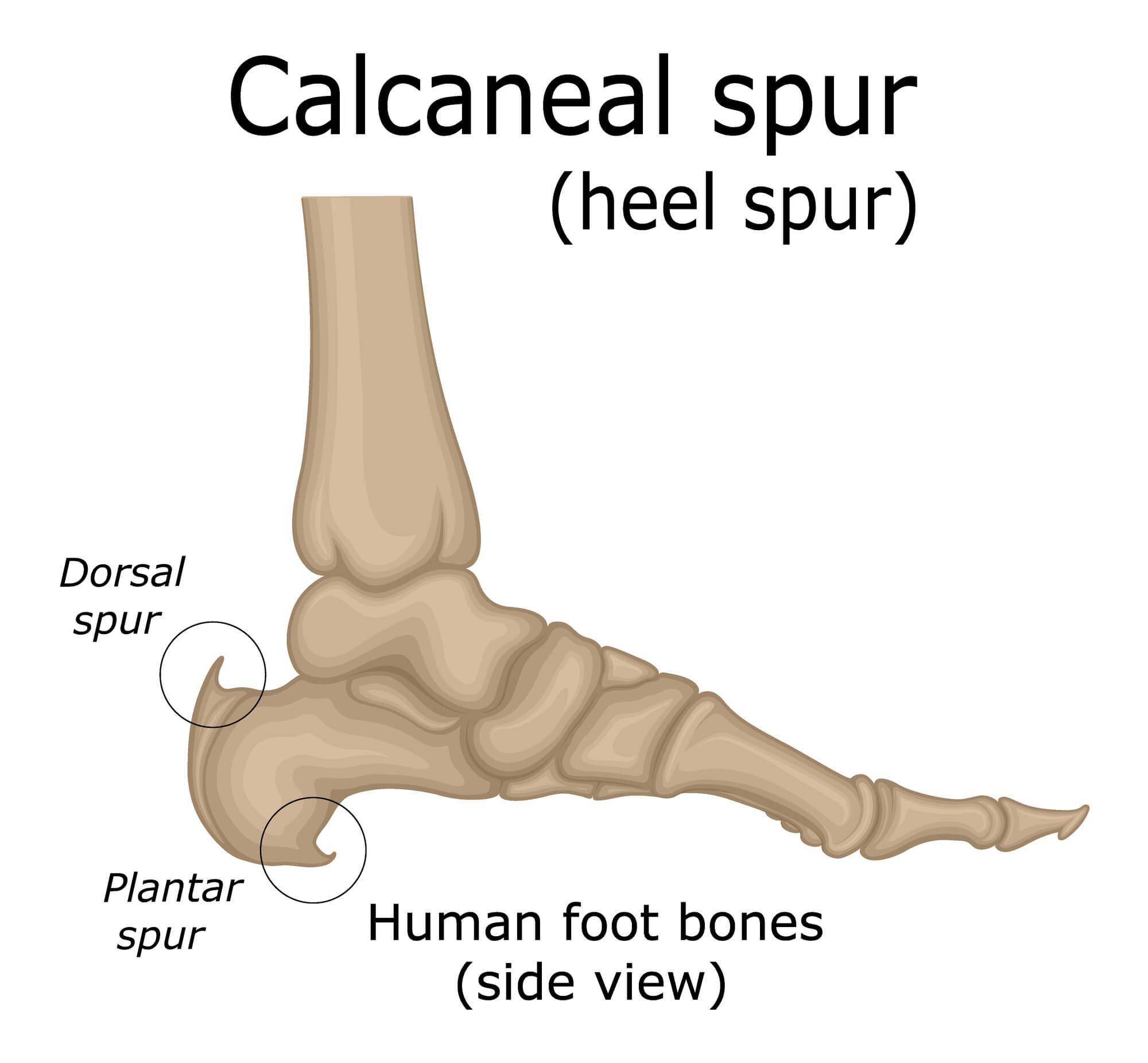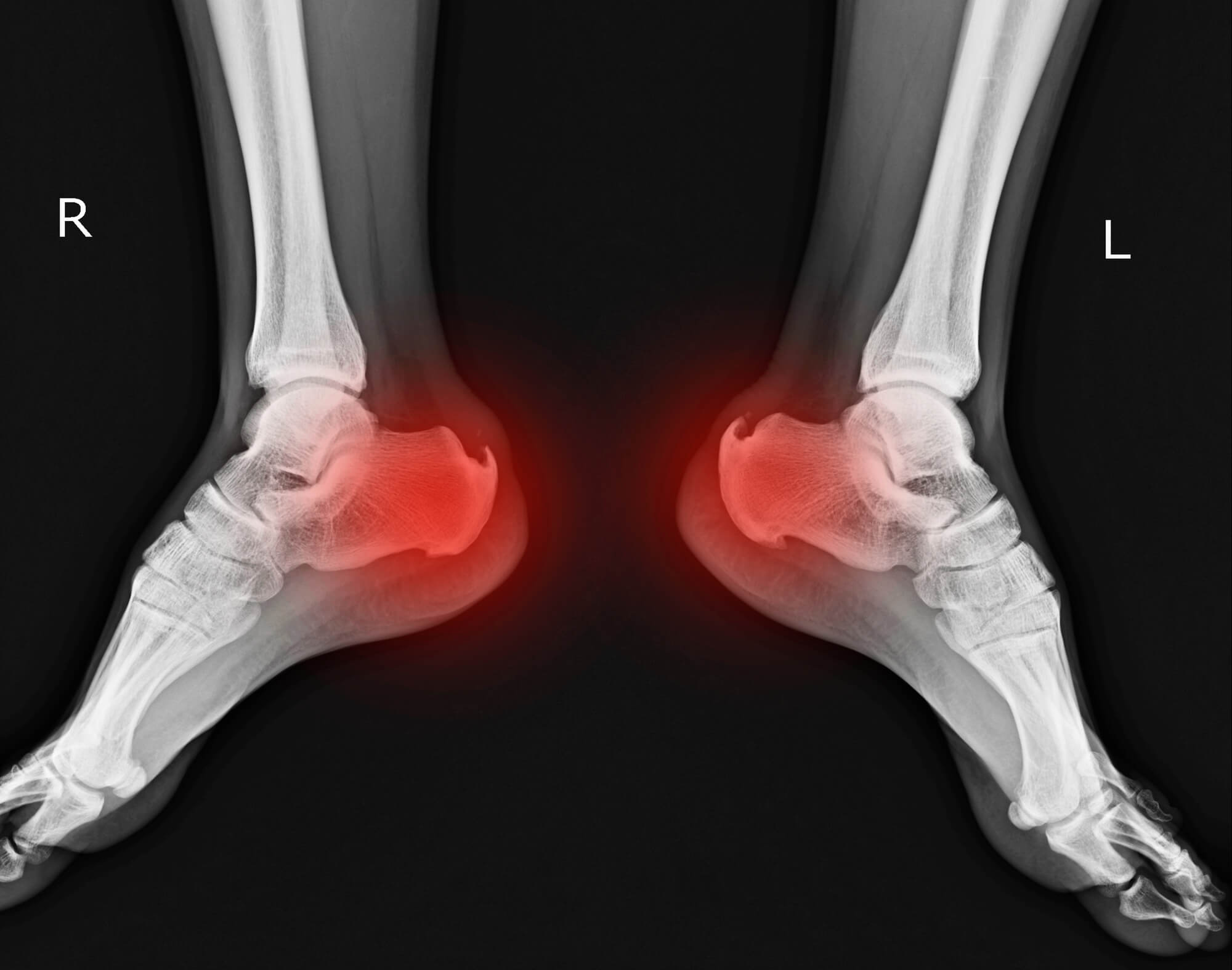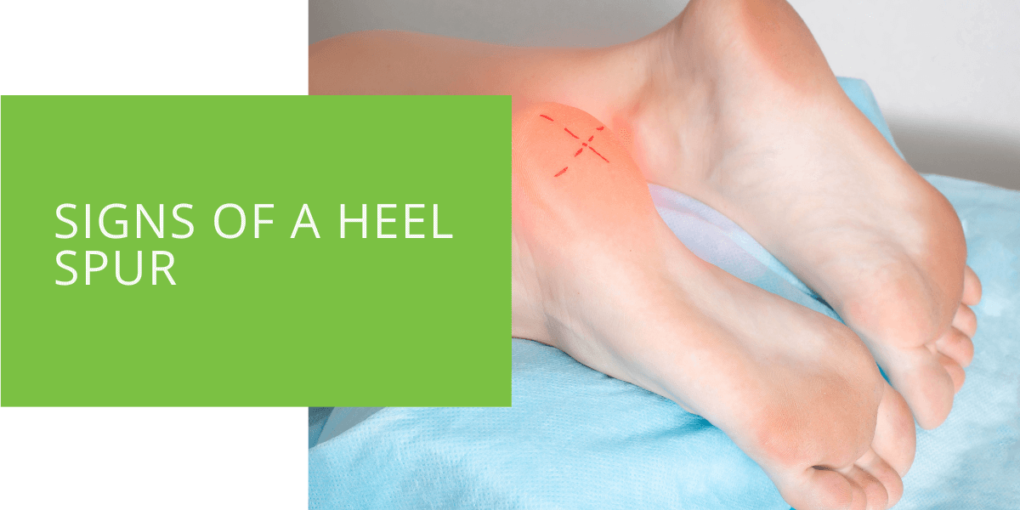Signs of a Heel Spur: Understanding the Symptoms
Are you experiencing persistent heel pain? If so, you may have a heel spur. This condition is a common cause of heel pain that can impact your daily activities. Understanding the signs and symptoms of a heel spur is essential to diagnose and treat the condition before it worsens.
Understanding Heel Spurs
A heel spur is a bony protrusion on the heel bone or the calcaneus. It occurs when calcium deposits build up over time, causing a protrusion that can be seen on an X-ray. The condition is often associated with plantar fasciitis, inflammation of the plantar fascia, a ligament that runs along the bottom of the foot and supports the arch. The tension placed on the plantar fascia can cause heel spurs to develop.
While not everyone with plantar fasciitis will develop heel spurs, it is a common risk factor. Additionally, wearing improper shoes, having flat feet or high arches, and being overweight can increase your risk of developing heel spurs.
Common Signs and Symptoms of Heel Spurs
Heel spurs can be asymptomatic for a while before signs and symptoms appear. However, once they do, they can cause significant discomfort and pain. The most common signs and symptoms of heel spurs are:
Pain and Discomfort
The most common symptom of heel spurs is pain. The pain can range from a dull ache to a sharp, stabbing pain. The pain is often worse in the morning or after long periods of standing or walking. You may also feel pain when you climb stairs or stand on your tiptoes.
Inflammation and Swelling
Heel spurs can cause inflammation and swelling in the area around the heel. The swelling can cause stiffness and restrict movement. The affected area may also feel warm to the touch.
Visible Changes
Occasionally, a heel spur can cause a visible change on the foot. This can include a bump or protrusion on the heel bone. However, not everyone with a heel spur will experience visible changes.

Diagnosing and Treating Heel Spurs
If you suspect, you may have a heel spur, seeing a podiatrist for a proper diagnosis is essential. Your podiatrist may order an X-ray to confirm the presence of a heel spur.
Once diagnosed, your podiatrist will recommend the appropriate treatment. Treatment options for heel spurs may include:
Physical Therapy
Your podiatrist may recommend physical therapy to stretch and strengthen the muscles and ligaments in the foot. This can help alleviate pain and swelling and reduce the risk of developing heel spurs.
Footwear and Orthotics
Wearing proper shoes and using custom orthotics can help support the arch and reduce the tension on the plantar fascia. This can help reduce pain and prevent the formation of heel spurs.
Medications
Your podiatrist may prescribe nonsteroidal anti-inflammatory drugs (NSAIDs) to reduce pain and inflammation. Corticosteroid injections may also be used to reduce inflammation in the affected area.
Surgery
If other treatments are unsuccessful, surgery may be necessary to remove the heel spur. This is typically done as an outpatient procedure and involves an incision to remove the bony protrusion.

Different Types of Heel Spurs
While the most common type of heel spur develops on the bottom of the heel bone, other types of heel spurs can develop in different areas of the foot.
Posterior Heel Spurs
Posterior heel spurs can develop in the Achilles tendon, which runs from the calf muscle to the heel bone. They are typically associated with Achilles tendinitis, which is inflammation of the Achilles tendon. The tension placed on the Achilles tendon can cause the tendon to pull away from the heel bone, leading to a bony protrusion.
Posterior heel spurs can be particularly painful and impact activities such as running and jumping. They can also increase the risk of developing a ruptured Achilles tendon, which can require surgical intervention.
Inferior Heel Spurs
Inferior heel spurs are less common than others and develop on the bottom of the calcaneus or heel bone. They can be caused by excessive pressure on the heel bone, such as wearing improper shoes or having flat feet.
Inferior heel spurs can cause pain and discomfort when standing or walking, which may be more difficult to diagnose than other types of heel spurs. However, they can often be managed with non-surgical treatments such as custom orthotics, physical therapy, and medication.

Impact of Heel Spurs on Daily Activities
Heel spurs can impact daily activities, making it difficult to stand, walk, and run without experiencing pain and discomfort. The pain caused by heel spurs can also lead to compensatory movements, further exacerbating foot problems.
When walking, heel spurs can cause pain with each step, particularly when weight is placed on the affected foot. This can lead to a limp or altered gait, which can place additional stress on other joints in the body. When standing, heel spurs can cause pain and discomfort that can be difficult to alleviate without rest.
Over time, untreated heel spurs can lead to other foot problems. As the condition worsens, the bony protrusion can cause inflammation and swelling in the affected area. This can lead to bursitis, a painful condition when the small fluid-filled sacs that cushion the joints become inflamed.
Additionally, heel spurs can lead to the development of plantar fasciitis, a condition in which the plantar fascia becomes inflamed and painful. This can cause pain and stiffness in the heel and arch of the foot, making it difficult to stand or walk.
If left untreated, heel spurs can also lead to the development of stress fractures, which are small cracks in the bones of the foot. Stress fractures can be particularly painful and can require immobilization to heal properly.
Conclusion
Heel spurs can be a painful and debilitating condition. Understanding the signs and symptoms of a heel spur is essential to diagnose and treat the condition before it worsens. If you suspect, you may have a heel spur, seeing a podiatrist for a proper diagnosis and treatment is essential. Most people with heel spurs can manage their symptoms and prevent further damage with proper care.

